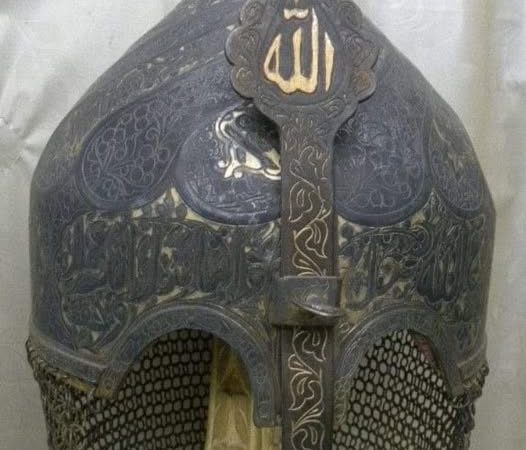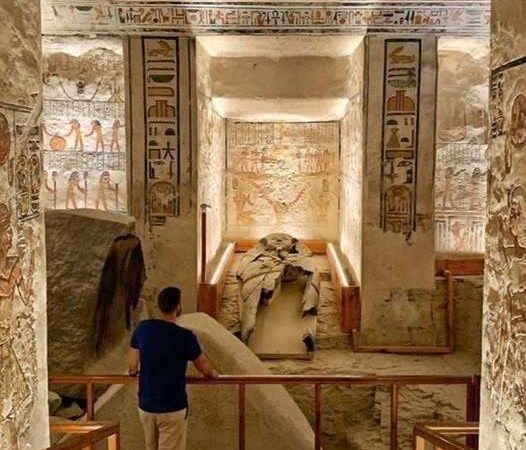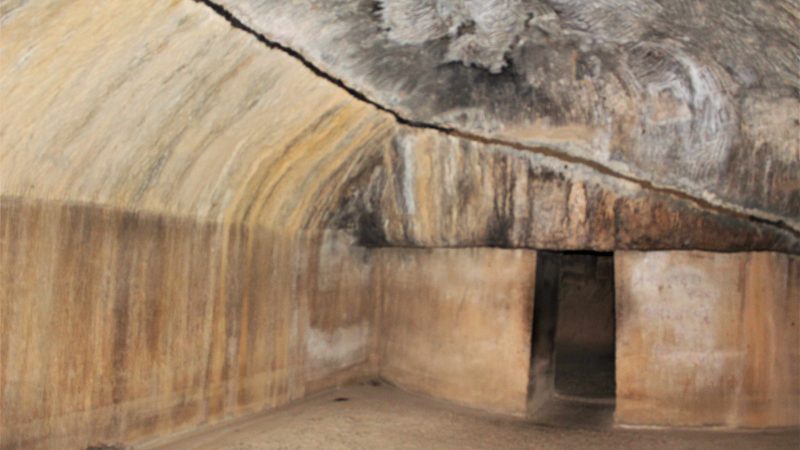McDonald’s in the Late 1960s: The Birth of a Global Icon

The late 1960s marked a pivotal time in the history of McDonald’s, a period when the brand began its meteoric rise from a popular American fast food chain to a global icon. While McDonald’s had already gained success in the 1950s, it was during the 1960s that the company truly began to solidify its place in American culture and, later, around the world.
The Expansion of McDonald’s: The Golden Arches Rise
In 1961, Ray Kroc, who had transformed McDonald’s from a single restaurant into a franchise powerhouse, purchased the McDonald’s brand from the McDonald brothers, Dick and Mac. Kroc’s vision was clear: he wanted to create a restaurant chain that was not only successful but ubiquitous. By the late 1960s, the Golden Arches had become a symbol synonymous with American fast food, and the franchise had expanded from just a handful of locations to hundreds.
Kroc’s commitment to consistency and quality made McDonald’s stand out from other fast food chains. The restaurant’s focus on speed, standardized processes, and an affordable, simple menu of burgers, fries, and milkshakes made it an instant hit with families. The drive-thru window, introduced in 1967, further enhanced convenience, giving customers a new way to quickly enjoy their meals without leaving their cars.
The Rise of the Big Mac and the Egg McMuffin
In the mid-1960s, McDonald’s introduced some of its most iconic menu items, which would go on to become synonymous with the brand. The Big Mac, introduced in 1968, became an instant sensation. With its two all-beef patties, special sauce, lettuce, cheese, pickles, and onions on a sesame seed bun, the Big Mac offered a larger, more satisfying option compared to the basic hamburger. It quickly became McDonald’s flagship sandwich and remains one of the most recognizable fast food items in the world.
In 1965, McDonald’s also began serving breakfast, starting with the Egg McMuffin. This innovation was pivotal in expanding the brand’s reach to a wider audience and establishing McDonald’s as a destination for more than just lunch or dinner. The Egg McMuffin was a revolutionary idea at the time, offering a quick and convenient breakfast sandwich that could be enjoyed on the go. The decision to offer breakfast at McDonald’s further solidified the chain’s reputation as a fast, efficient, and reliable place for a meal any time of day.
McDonald’s and the American Dream
The late 1960s also saw McDonald’s embrace a larger-than-life role in American culture. With its modern, clean, and appealing restaurants, McDonald’s became a place where families and friends could gather, enjoy a meal, and experience what was often seen as the epitome of the American Dream: a clean, safe, and efficient place to enjoy inexpensive food.
Ray Kroc’s mantra, “In business for yourself, but not by yourself,” embodied the spirit of entrepreneurial ambition, and McDonald’s restaurants began to sprout up all over the country. By the end of the decade, McDonald’s had expanded to nearly 1,000 locations in the United States alone, making it a cornerstone of fast food culture.
A Cultural Phenomenon
The 1960s were also a time when McDonald’s was beginning to make its mark in popular culture. Television advertisements featuring the Golden Arches and cheerful jingles like “You deserve a break today” became a part of the national consciousness. These catchy, feel-good slogans, along with McDonald’s family-friendly atmosphere, made the chain a staple in households across the nation.
The McDonald’s brand was further cemented in American pop culture with the introduction of the “Ronald McDonald” character in 1963. The clown, created as part of a marketing campaign to attract children, would become one of the most recognizable mascots in advertising history.
The Seeds of Global Expansion
By the end of the 1960s, McDonald’s was already beginning to look beyond the United States for expansion. The first international McDonald’s location opened in Canada in 1967, and soon after, the chain would spread to other countries, including Japan, marking the beginning of McDonald’s global reach. This laid the foundation for what would eventually become a worldwide empire, with thousands of McDonald’s locations in countries around the globe.
The late 1960s were a defining time for McDonald’s, setting the stage for its transformation into a global powerhouse. With its innovative menu items, customer-friendly service, and commitment to expansion, McDonald’s became not just a fast food restaurant but a cultural institution. The Golden Arches would soon light up the world, symbolizing the fast-paced, modern life that would come to define the latter half of the 20th century. Today, McDonald’s stands as a testament to the vision of Ray Kroc and the hard work of countless individuals who turned a single restaurant into a global phenomenon.










